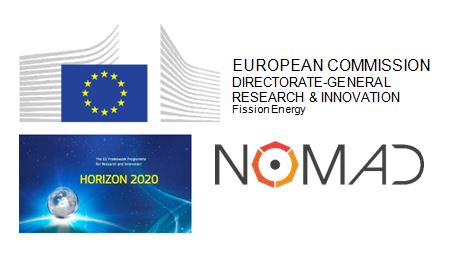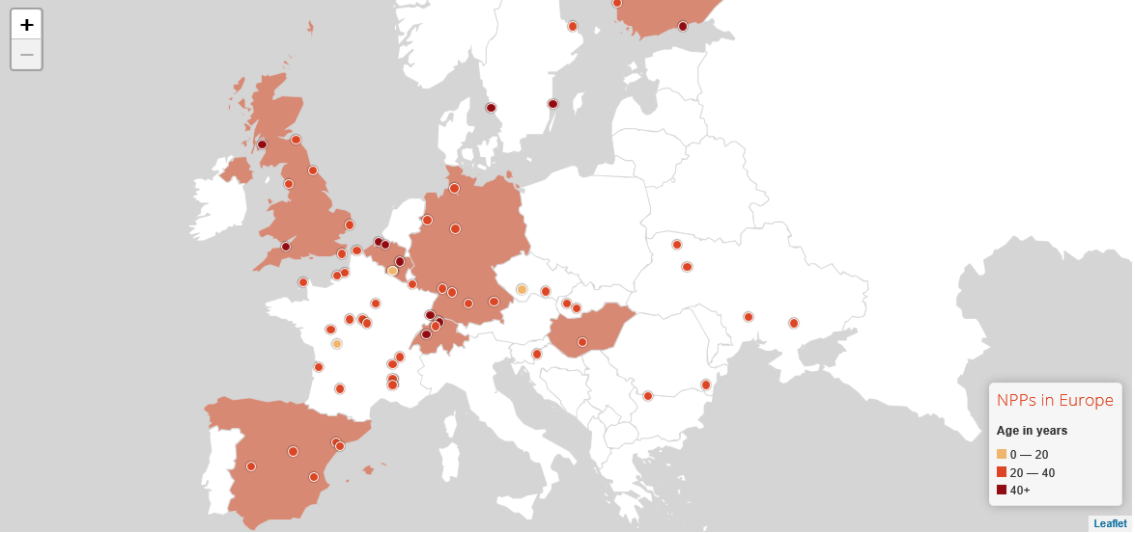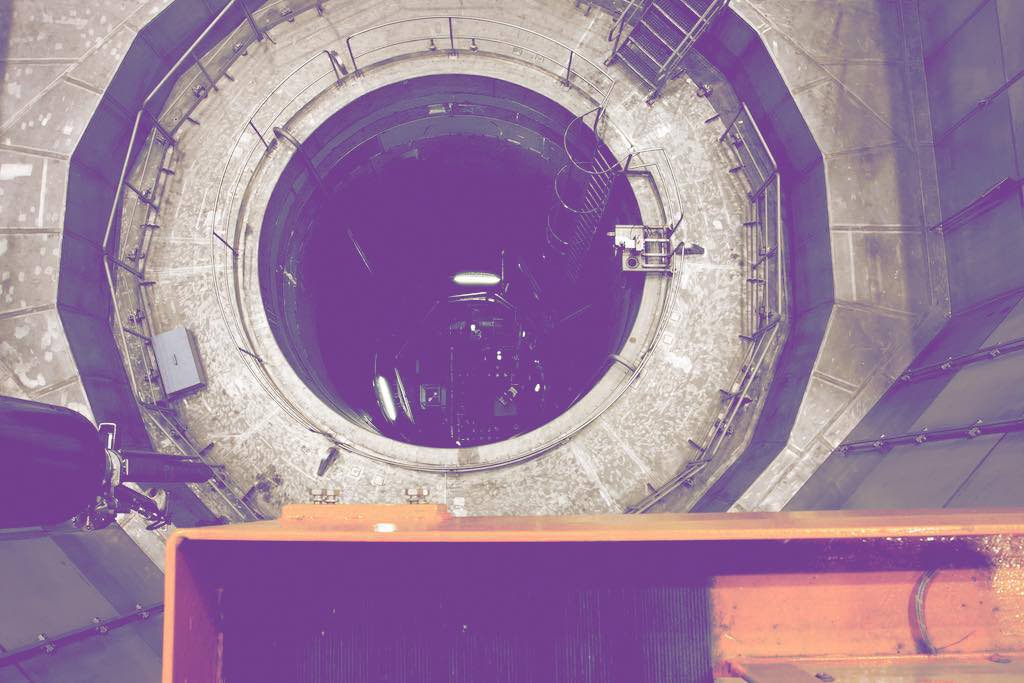As of 2020 there are more than 100 nuclear power plants in the world whose reactors have been in operation for more than 40 years. It is now necessary to check that the vessel materials, subjected to high levels of irradiation and temperatures for several decades, have not become degraded and that they maintain their properties.
What is NOMAD?
The European project NOMAD, funded by Euratom-H2020 within the framework of the 2014-2018 programme, has been set up to look into inspection techniques capable of quantifying or measuring the degradation of reactor vessels as a result of long-term operation.

What is the objective of the NOMAD project?
The objective of the project is the development, demonstration and validation of a Non-Destructive Evaluation (NDE) tool for the local and volumetric characterisation of the degradation referred to above.
The idea is to generate a hybrid system allowing for the development of different Non-Destructive Testing methods that, when combined, make it possible to quantify reactor vessel wall degradation. The following European countries have been involved:

What are the project work packages?
The project is divided into four phases (or work packages):
-
- As it is not possible to remove materials from the plants, a number of calibration blocks are manufactured and subjected to different levels of irradiation and temperature (in cycles).
- Probe prototypes are developed for the candidate techniques to be used and tests are performed in order to determine which provide the best measurement of degradation in the blocks.
- A hybrid system integrating the NDE methods that have provided the best results (micromagnetic, electrical and ultrasonic applied during different stages of material degradation) is created. The resulting system is supported by a database that is set up to facilitate evaluation.
- The fourth phase of the project is the validation and tracking of the three previous phases.
Who contributes to the NOMAD project?
The parties participating in NOMAD, with which Tecnatom collaborates are:
- Fraunhofer Institute (Germany)
- SCK•CEN Nuclear Research Center (Belgium)
- VTT Technical Research Center of Finland Ltd. (Finland)
- SVTI (Switzerland), Coventry University (United Kingdom)
- Hepenix (Hungary), MTA EK (Hungary)
- Paul Scherrer Institute (Switzerland)
- Eurice.
What is the current status of the project?
The study of degradation analyses the changes occurring in materials prior to the appearance of a defect implying microstructural changes, such as cracking. Associating the technique with the degradation is far from being a simple task when working under in-the-field conditions.
Work is performed fundamentally along three basic lines of action that operate in parallel:
- The NDE being performed using different techniques.
- The science for the treatment of data through machine learning algorithms.
- Results and their validation. This is the area in which Tecnatom is most involved, fulfilling the role of project end user participating in the validation of the final system.
The objective is to achieve a qualified NDE tool that includes the most promising methods and the algorithm for processing of the data measured, optimising the quantification of degradation. In order for the techniques to be mutually comparable, the degradation of the material is measured individually through changes in the ductile to brittle transition temperature (DBTT).
Consequently, the results obtained will depend on the measurements and their treatment via the algorithm. By way of an example, if a given technique does not show an accurate result, it may not mean anything conclusive as regards the final result, since measurement of the degradation would also be based on the other techniques, on the data history and on the data treatment applied.
The results of the NDE techniques obtained during the last phase of NOMAD are promising and quantification of the degradation is being achieved. Although one year of the project still remains, the progress achieved is quite clear.
Author: José Luis Castresana Sanjurjo






